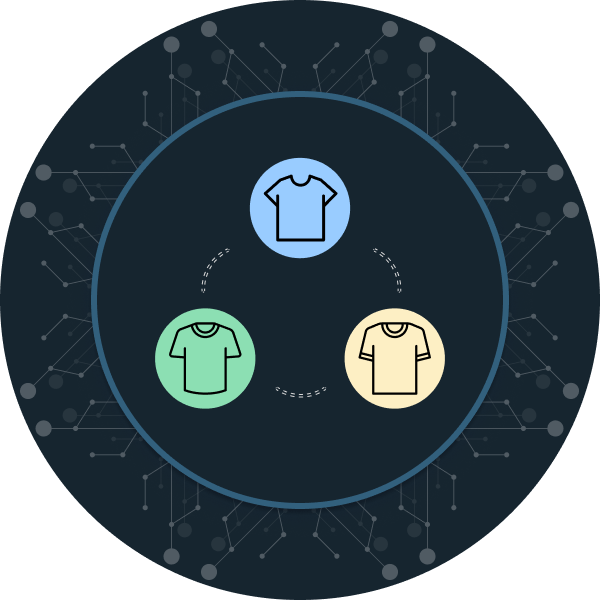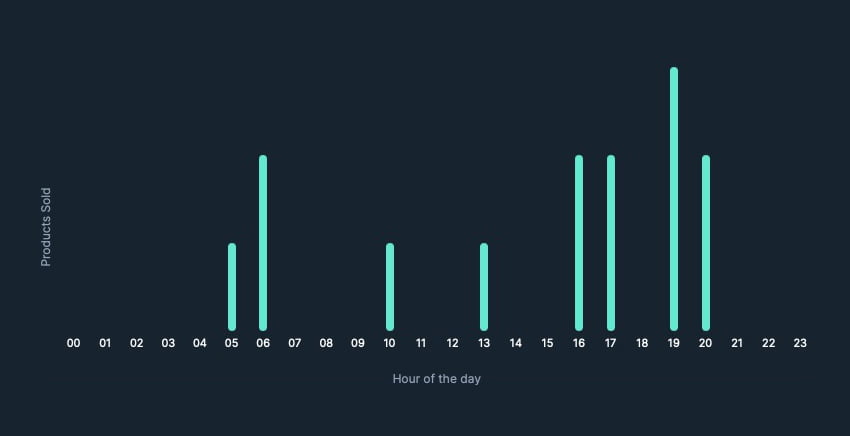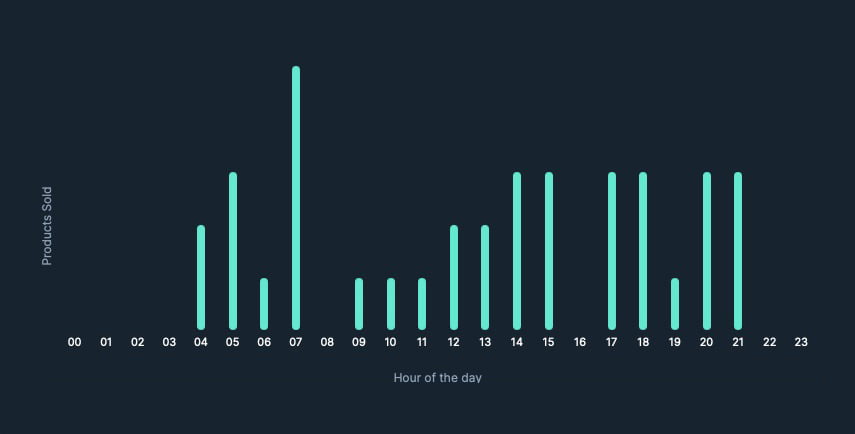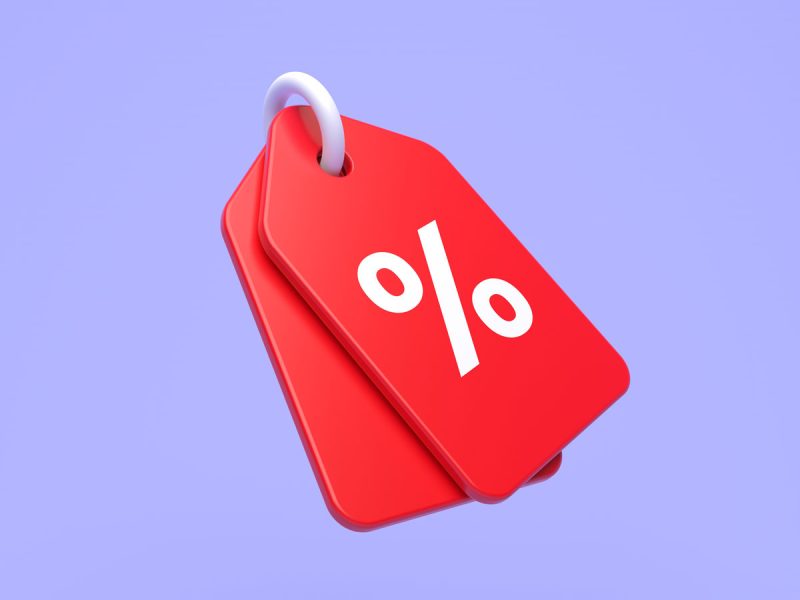Online buying habits have evolved significantly in recent years, influenced by new technology and changing consumer behaviors.
Buying behavior during the course of a day is driven by various factors, including individual routines, spontaneous events, and working schedules, among others.
For instance, in the morning, when it’s time for that first cup of fresh coffee, customers might notice they are running out of coffee beans and are likely to place a new order on their favorite webshop. Similarly, in the evening, when there is more time for relaxation and exploration, higher sales of clothing or electronics are often observed.

Understanding these variations in buying behavior throughout the day allows Ecommerce platforms to tailor their strategies, timing, and marketing efforts to better resonate with consumers’ preferences and moods at different times.
However, implementing efficient strategies comes with its challenges, as it requires striking a delicate balance between data utilization, customer privacy, and user experience. While customers demand tailored recommendations and experiences, there’s an intricate struggle to gather and analyze vast amounts of data without infringing upon individuals’ privacy rights.
The opportunities presented by Product Intelligence enable us to learn about buying behavior throughout the day from a product perspective. By analyzing vast amounts of data about products, we gain insights into Hourly Distribution of product category sales, independently of user behavior.
Improve the personalized shopping experience by knowing the Hourly Distribution of sales
The ultimate goal of shopping personalization is to create a seamless and individualized shopping experience, building a deeper connection between customers and brands while enhancing overall satisfaction and loyalty.
Product Intelligence empowers businesses with insights that fuel personalization tools such as email marketing, social media advertising, or dynamic banners on the website. For instance, understanding that customers are more inclined to buy coffee beans in the morning allows the scheduling of social media ads to appear during their morning scrolling.
Successful conversions often depend on presenting customers with the right product at the right time, thereby reducing acquisition costs and increasing margins.


Another way to use Product Intelligence capabilities in this context is to extract insights into buying behavior patterns during the week as well. For instance, we can see if customers purchase coffee more often on Mondays, or on the weekend. The flexibility of this API solution allows businesses to use and combine valuable insights to fine-tune targeting strategies in a best-suited way.


How is it different from other existing methods?
Traditionally, Ecommerce businesses apply user insights to learn about their buying behavior. Some analytics can show when users usually visit certain product pages, or make a purchase.
However, these data streams come with challenges. For instance, what if a product is recently added to the store and there is no historical data? Or what if users decline cookies?
We address this issue by grouping similar products and creating global identifiers that don’t rely on individual store data. We refer to them as Product Clusters.
Let’s dive deeper with an example
In a for-instance scenario, we are a cosmetics online shop that holds a variation of products. Traditionally, we could observe a general increase in sales in the evenings, which can be explained by the fact that buyers have more time for online shopping. However, to create a truly personalized experience, we zoom in on trends for individual products and use this information to adjust strategies. The graphs below show the hourly distribution of sales throughout the day for three different product categories.
Mascara
This third example of a sales distribution for a mascara shows high sales throughout the day but with a peak at 7PM. This time is when customers have more time for online shopping and more exploration. We can apply this knowledge to make dynamic banners on the website more efficient by showing a mascara in the evenings.
These three examples perfectly portray how even within the same category of products, there are different buying habits that businesses can use to their advantage. Builders can access the system already today with an easy to integrate API.
For more information please visit developer documentation
Explore more about Pi
Maximize Profits with the Knowledge of Product Discount Distribution
- Ecaterina Capatina
- product intelligence
Unlock Important Insights into Recurring Products
- Ecaterina Capatina
- product intelligence
Target customers at the right time of the day with Hourly Distribution
- Ecaterina Capatina
- product intelligence











